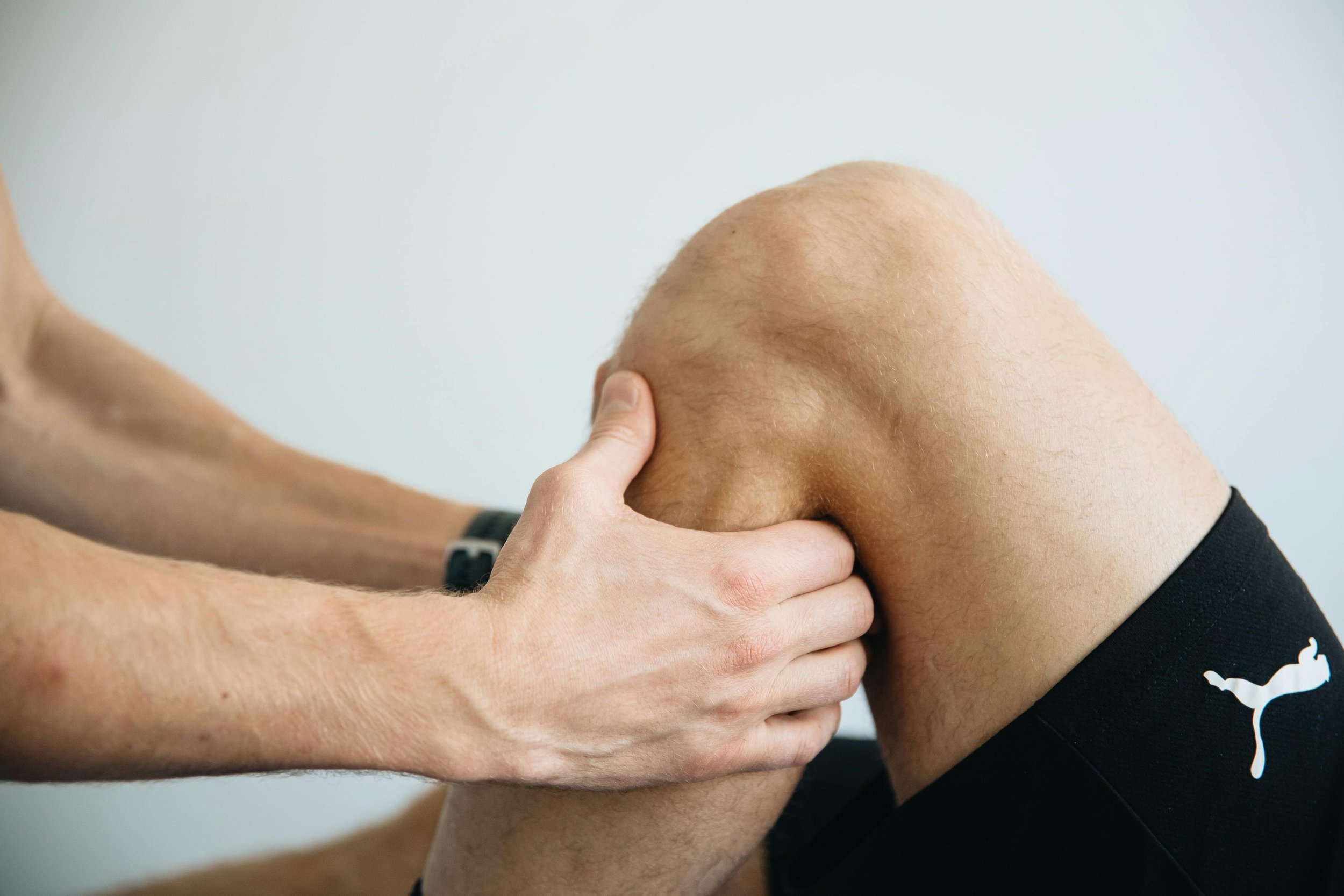The Road to Recovery: Why Rehab After Knee Surgery Is Essential for Healing and Mobility
Photo by Funkcines Terapijos
Knee surgery, whether it’s a knee replacement, ACL repair, or treatment for a serious knee injury, marks a significant step toward a pain-free and active life. However, the success of your surgery doesn’t end in the operating room—it depends on post-surgery rehab and your commitment to recovery.
Why Knee Rehabilitation is Crucial
Recovering from knee surgery requires structured rehabilitation to restore strength, mobility, and function. Skipping or neglecting rehab can result in prolonged pain, stiffness, and a limited range of motion. With the right approach, physical therapy for the knee can accelerate healing and ensure long-term success.
Key Benefits of Post-Surgery Rehab
1. Restores Joint Mobility
After surgery, the knee joint may feel stiff. Physical therapy for knee mobility helps improve range of motion, preventing complications like joint stiffness and scar tissue buildup.
2. Strengthens the Knee and Surrounding Muscles
Post-operative care focuses on strengthening the quadriceps, hamstrings, and calf muscles, which support the knee joint. This reduces strain on the knee and prevents re-injury.
3. Prevents Blood Clots and Swelling
After surgery, circulation may be restricted. Rehab exercises for the knee promote blood flow, reducing the risk of deep vein thrombosis (DVT) and excessive swelling.
4. Enhances Balance and Stability
A strong and stable knee is essential for walking, climbing stairs, and returning to daily activities. Best rehab practices incorporate balance training to prevent falls and improve coordination.
5. Faster and More Effective Healing
Consistent knee physical therapy tips, such as gentle stretching and progressive strength training, can speed up recovery and help you regain mobility faster than rest alone.
Best Rehab Practices for Knee Surgery Recovery
Phase 1: Early Recovery (0-2 Weeks Post-Surgery)
✅ Gentle Movements: Start with heel slides and ankle pumps to promote blood flow.
✅ Cold Therapy: Ice packs help reduce swelling and pain.
✅ Compression & Elevation: Wearing a compression sleeve and elevating the leg reduces fluid buildup.
📌 Recommended Products:
Phase 2: Regaining Strength (2-6 Weeks Post-Surgery)
✅ Stretching: Focus on quad stretches, hamstring stretches, and gentle knee bends.
✅ Low-Impact Cardio: A stationary bike can improve joint mobility and circulation.
✅ Strengthening: Start with isometric exercises before adding resistance bands.
📌 Recommended Products:
Phase 3: Advanced Recovery (6+ Weeks Post-Surgery)
✅ Weight-Bearing Exercises: Gradually incorporate bodyweight squats and lunges.
✅ Balance & Stability Training: Use a balance board to enhance knee control.
✅ Massage Therapy & Foam Rolling: Helps reduce tightness and discomfort.
📌 Recommended Products:
Knee Physical Therapy Tips for Long-Term Success
🔹 Follow a Progressive Rehab Plan: Don’t rush—progress gradually to avoid re-injury.
🔹 Maintain a Healthy Weight: Excess weight puts stress on the knees.
🔹 Use Supportive Footwear: Proper shoes help maintain alignment and balance.
🔹 Stay Consistent: Even after recovery, strengthening and mobility exercises should be part of your routine.
Final Thoughts: Commit to Your Recovery
Knee surgery is only the first step. Commit to your rehab journey, invest in the right tools, and stay consistent with post-operative care to regain your strength and mobility.
For more expert guidance on recovery and wellness, visit Truhealth & Wellness—your trusted source for pain relief, mobility improvement, and fitness success!
Affiliate Disclaimer: This article contains affiliate links, meaning we may earn a commission if you purchase through our recommended links, at no extra cost to you.

